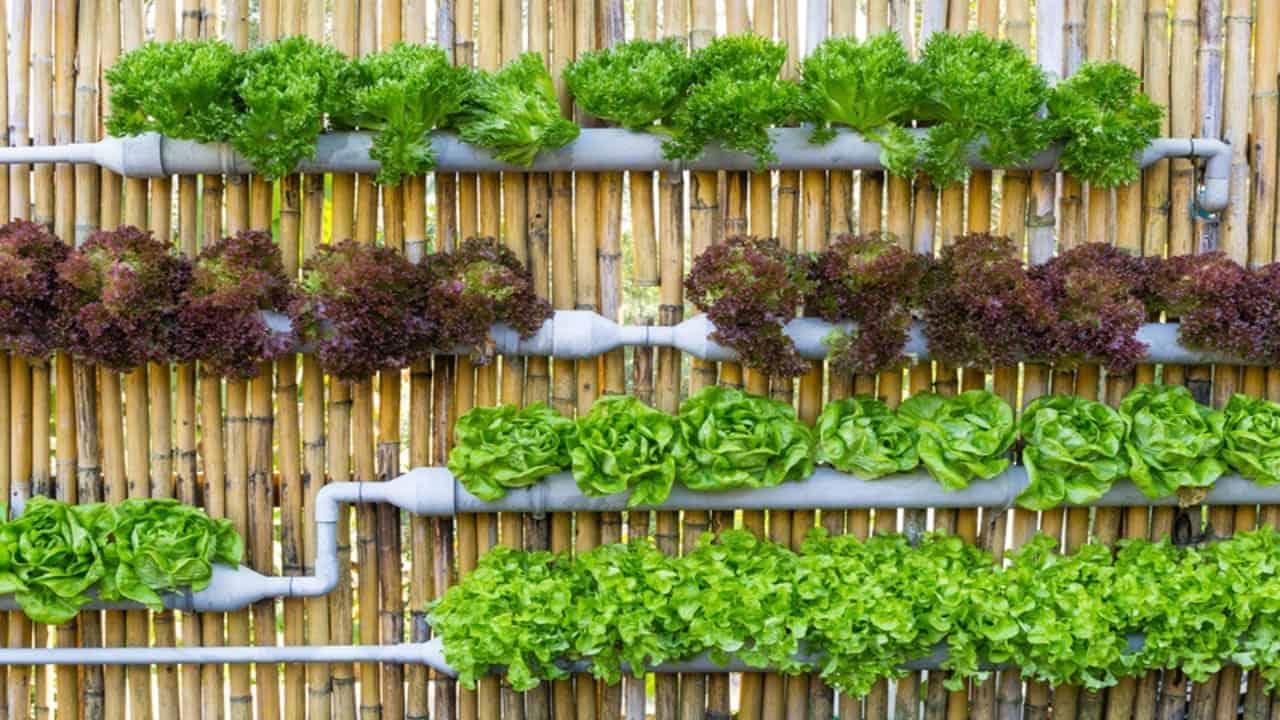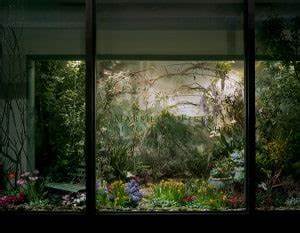Introduction
Vertical gardens have gained significant popularity in recent years due to their unique and innovative approach to gardening. These gardens, also known as living walls or green walls, involve growing plants vertically on a structure or wall instead of horizontally on the ground. This article explores the growing significance of vertical gardens in addressing environmental issues and the importance of exploring their environmental benefits.
Historical Background
The origins of vertical gardens can be traced back to the ancient Hanging Gardens of Babylon, one of the Seven Wonders of the Ancient World. Over time, the concept of vertical gardens has evolved, with modern advancements in architecture and technology allowing for the creation of intricate and sustainable living walls. Throughout history, vertical gardens have also been known to have a positive impact on the environment, providing green spaces in urban areas and contributing to a healthier ecosystem.
Key Concepts and Definitions
Vertical gardens differ from traditional gardens as they utilize vertical structures to grow plants, maximizing limited space in urban environments. These gardens offer several environmental benefits, including improved air quality, reduction of the urban heat island effect, increased biodiversity, enhanced energy efficiency, and stormwater management. Improved air quality is achieved through the plants’ ability to purify the air by removing pollutants and releasing oxygen.
Main Discussion Points
Improved air quality
Vertical gardens play a crucial role in air purification. The plants in these gardens act as natural air filters by absorbing harmful pollutants and releasing cleaner air. Through photosynthesis, plants also absorb carbon dioxide and release oxygen, contributing to a healthier and cleaner atmosphere.
Reduction of urban heat island effect
Urban heat island effect refers to the phenomenon where urban areas experience higher temperatures compared to rural areas due to human activities and the lack of green spaces. Vertical gardens help mitigate this effect by providing shade, reducing surface temperatures, and enhancing evaporative cooling. Numerous case studies have demonstrated the effectiveness of vertical gardens in reducing urban heat island effect and creating more comfortable urban environments.

Increased biodiversity
One of the key advantages of vertical gardens is their ability to provide habitat for a variety of plants and animals, promoting biodiversity in urban areas. These gardens create miniature ecosystems, attracting insects, birds, and other wildlife. By supporting biodiversity, vertical gardens contribute to a more sustainable and balanced urban environment.
Enhanced energy efficiency and insulation
Vertical gardens contribute to energy efficiency by providing natural insulation to buildings. The plants act as a barrier, reducing heat transfer and lowering heating and cooling costs. Several examples of energy-efficient buildings with vertical gardens have demonstrated their positive impact on reducing energy consumption.
Stormwater management
Vertical gardens play a crucial role in managing stormwater runoff in urban areas. They absorb rainwater, reducing the strain on drainage systems and minimizing the risk of flooding. By retaining and filtering stormwater, vertical gardens contribute to a more sustainable water management system.
Case Studies or Examples
The Bosco Verticale in Milan, Italy
The Bosco Verticale, a renowned vertical garden project, has made significant contributions to environmental sustainability. This project consists of two residential towers covered in over 700 trees and thousands of plants. The vertical gardens of Bosco Verticale have been successful in improving air quality, promoting biodiversity, and enhancing energy efficiency.
One Central Park in Sydney, Australia
One Central Park exemplifies the environmental benefits of vertical gardens. This project features extensive vertical gardens on the facades of the building, contributing to the reduction of urban heat island effect and efficient stormwater management. It has become a symbol of sustainable urban development and serves as an inspiration for future vertical garden projects.

Current Trends or Developments
Recent research findings have highlighted the various environmental benefits of vertical gardens, supporting their increasing popularity. Studies have shown that vertical gardens contribute to improved air quality, reduced energy consumption, and enhanced urban biodiversity. Researchers are also exploring innovative techniques and technologies to optimize vertical garden design and maximize their environmental impact.
Challenges or Controversies
The implementation and maintenance of vertical gardens can pose challenges, such as ensuring proper irrigation and plant care. Additionally, some critics question the cost-effectiveness of vertical gardens compared to other environmental initiatives. Differing viewpoints exist regarding the overall effectiveness of vertical gardens in addressing environmental issues.
Future Outlook
Vertical garden technology is expected to continue advancing, with potential advancements including automated irrigation systems and improved plant selection for different climates. Vertical gardens are poised to play a vital role in sustainable urban development, contributing to greener and more livable cities. Policy changes and incentives may further promote the adoption of vertical gardens in the future.
Conclusion
In summary, vertical gardens offer numerous environmental benefits, including improved air quality, reduction of the urban heat island effect, increased biodiversity, enhanced energy efficiency, and stormwater management. These gardens have a rich historical background and have proven to be effective in addressing environmental issues. With ongoing research and advancements, vertical gardens have the potential to transform urban environments and create a sustainable future.





